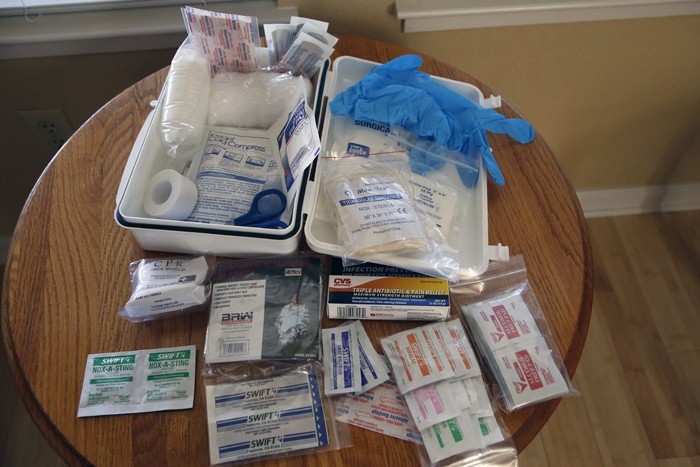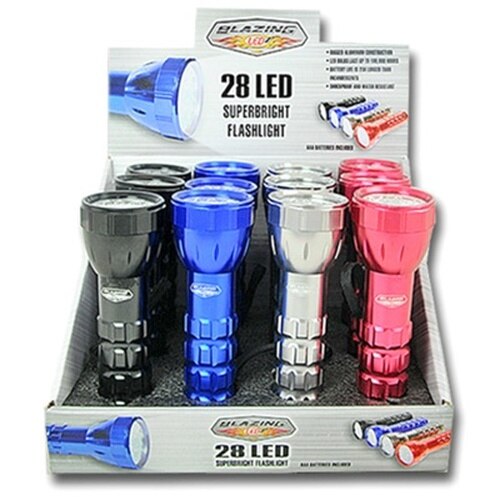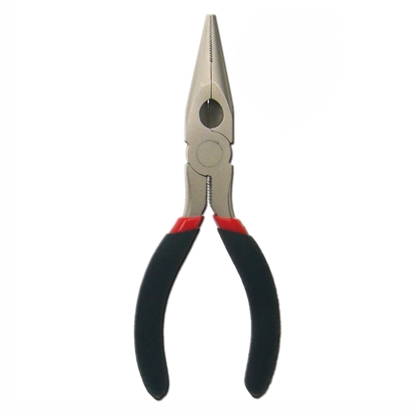A Livestock Farmers’ First-Aid Kit
If you own livestock, you already know how important it is to have what you need at your fingertips for those unexpected emergencies. Unfortunately emergencies happen every day, and night, so make sure you are as prepared as possible. Below is a list of the items that should be in your first-aid kit, what they’re used for and how to store them:
Bandages and Padding

The most common emergency is an open wound, and it’s usually a leg wound. It is imperative to stop the flow of blood, and that’s generally done by applying pressure. Therefore, keep a good stock of 100% cotton bandages, such as sheet cotton in your first aid kits. You might want to cut three to four foot strips and roll them up in rubber bands to have on hand in an emergency. Also keep some self-adherent bandage (such as Vetrap) on hand, too. It works really well to maintain pressure over the wound but be sure to have padding beneath it. Shipping quilts, pillow wraps, or a thickness of sheet cotton is good padding beneath bandages. Guess what – disposable baby diapers also work well for leg wounds, they have nice padding and absorbability and they can be adjusted to add just the right amount of pressure to get the bleeding to stop.
Wound and Eye Cleaning Products
Before you wrap that wound, be sure you haven’t trapped dirt and germs with it. Be sure your first aid kit has a good wound cleanser. A liquid or spray disinfectant such as Betadine can be useful, but apply it with care … over-cleaning can be detrimental. Don’t be aggressive, just get the debris cleaned off and get the bleeding stopped.
Stock a small bottle of sterile saline solutions for eye injuries.
Thermometer and Stethoscope
Thermometers are critical to any first-aid kit – a digital probe is best. Temperature taking is easy – just keep the probe in the rectum until it beeps and then read it. Always take the animal’s temperature BEFORE calling your veterinarian, this will help him/her get a better picture of the animal’s condition.
It’s also helpful to have a standard stethoscope in your kit. A stethoscope can allow you to check pulse and respiration rate. Most veterinarians will ask about the critical vital signs; temperature, pulse and respiration.
A Flashlight, Wire-Cutters and Other Extras
Emergencies are, unfortunately, just a part of livestock ownership. Being ready for such occurrences can make a huge difference in your animal’s health and welfare during, and after, the event.

A good emergency kit also includes tools to help you better manage the situation. A flashlight and/or headlamp, for example, can be a great asset for that middle-of-the-night crisis. And you’ll be happy to have that set of wire-cutters in your kit when your animals gets wound up in wire, electric fencing ribbons, baling twine or any other kind of loopy mess. Scissors, duct tape, a pen and paper and maybe even an extra halter/collar or lead rope can come in handy when you are in a hurry.

Emergency Phone List
I know you are saying, “I have all the numbers I need in my cell phone!” but an emergency usually happens when your phone is lost or its battery is dead. Keep a list of emergency numbers in your kit. This could prove to be helpful if you happen to be absent at the time of the emergency, too. It might be especially helpful if you list a few veterinarians’ numbers in the order of preference, your favorite vet might already be tied up on an emergency call at the other end of the county. And don’t forget the number of a good friend, especially one who’s knowledgeable – in a crisis, you’ll appreciate the support and help.
Good Panic Management
Emergencies are a crisis but panicking isn’t going to help. Take a moment to assess the situation and formulate your thoughts before you call your vet. Consider writing down vital signs and any other key points that you want to be sure you relay to your vet before you make the call.